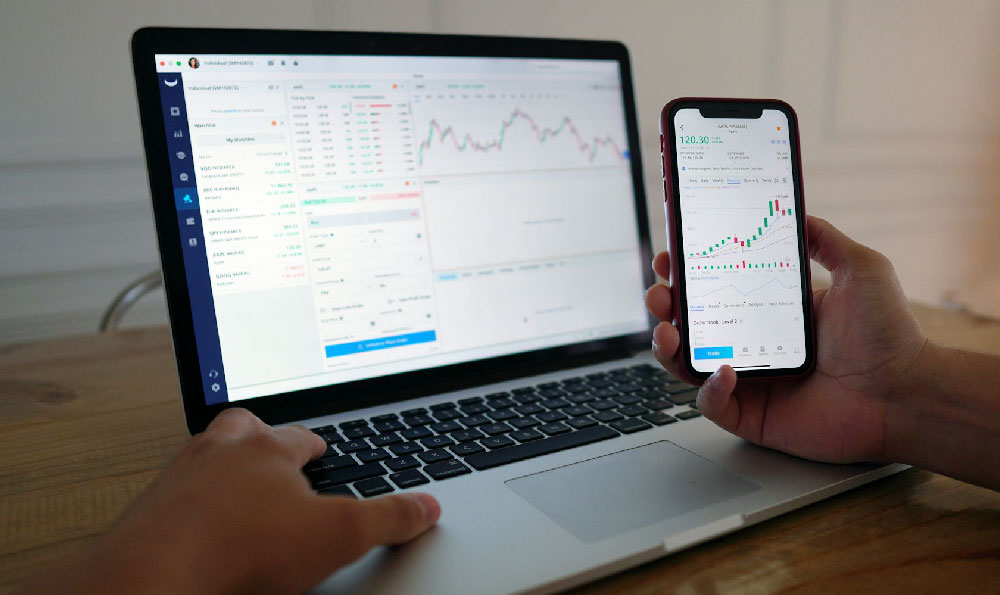
Investing in copper ETFs, or Exchange Traded Funds, presents a compelling opportunity for investors seeking exposure to the commodities market, particularly given copper's crucial role in various industries and its sensitivity to global economic trends. However, like any investment, a thoughtful approach grounded in research, risk assessment, and a clear understanding of market dynamics is paramount. The path to successfully navigating the copper ETF landscape begins with recognizing the different types of ETFs available and carefully evaluating which best aligns with your investment objectives and risk tolerance.
There are primarily two types of copper ETFs: those that hold physical copper and those that track copper futures contracts. Physical copper ETFs aim to mirror the spot price of copper by directly purchasing and storing the metal. While this seems straightforward, these ETFs often incur storage costs, which can eat into returns. Furthermore, the logistics of storing and insuring physical copper can introduce complexities that affect the ETF's performance. Consequently, physical copper ETFs may not always perfectly track the spot price.
Futures-based copper ETFs, on the other hand, don't actually hold any physical copper. Instead, they invest in copper futures contracts, which are agreements to buy or sell copper at a predetermined price on a future date. These ETFs avoid the storage and insurance hassles associated with physical copper, but they are exposed to the "contango effect." Contango occurs when futures contracts are priced higher than the expected future spot price, which is a common occurrence in the commodities market. When an ETF has to "roll over" its expiring futures contracts to later-dated, more expensive contracts, it can lead to a gradual erosion of value, even if the spot price of copper remains stable. This phenomenon can significantly impact the long-term returns of futures-based copper ETFs.

Choosing between physical and futures-based copper ETFs depends largely on your investment timeline and risk appetite. If you're looking for short-term exposure to copper prices and are comfortable with the potential for contango to negatively impact your returns, a futures-based ETF might be suitable. However, for longer-term investments, a physical copper ETF, despite its storage costs, might offer a more accurate reflection of copper's price movements.
Once you've decided on the type of copper ETF you prefer, the next step is to thoroughly research the specific ETFs available. Look closely at the fund's expense ratio, which is the annual fee charged to manage the ETF. A lower expense ratio means more of your investment goes towards generating returns. Examine the fund's historical performance, but bear in mind that past performance is not indicative of future results. Assess the fund's liquidity, which refers to how easily you can buy or sell shares of the ETF without significantly impacting its price. Higher liquidity generally means lower transaction costs. Most importantly, understand the fund's underlying holdings and how they are managed.
Beyond the specific ETF itself, a successful copper investment strategy requires a firm grasp of the factors influencing copper prices. Copper is often referred to as "Dr. Copper" because its price is considered a reliable indicator of global economic health. Strong economic growth, particularly in developing countries like China and India, typically leads to increased demand for copper, driving prices higher. Conversely, economic downturns can depress copper prices. Supply disruptions, such as mine closures or labor strikes, can also significantly impact copper prices.
Furthermore, technological advancements play a crucial role. The rise of electric vehicles (EVs) and renewable energy infrastructure, both of which require substantial amounts of copper, is expected to be a major driver of copper demand in the coming years. Government policies related to infrastructure spending and environmental regulations can also influence copper consumption.
Given the inherent volatility of commodity markets, risk management is paramount. Avoid putting all your eggs in one basket. Copper ETFs should be part of a diversified portfolio that includes a mix of asset classes, such as stocks, bonds, and real estate. Determine your risk tolerance and invest accordingly. Don't invest more than you can afford to lose. Consider using stop-loss orders to limit potential losses. Stop-loss orders automatically sell your shares if the price falls below a certain level.
Furthermore, be wary of investment scams and "get rich quick" schemes. Conduct thorough due diligence before investing in any copper-related venture. Be skeptical of unsolicited investment offers and avoid investing in anything you don't fully understand. Consult with a qualified financial advisor who can help you develop a personalized investment strategy that aligns with your financial goals and risk tolerance. Never base investment decisions solely on tips from friends or online forums. Rely on credible sources of information, such as reputable financial news outlets and investment research firms.
In conclusion, investing in copper ETFs can be a potentially rewarding way to gain exposure to the commodities market and capitalize on the growing demand for this essential metal. However, success requires a disciplined and informed approach. Understanding the different types of copper ETFs, researching specific funds, analyzing market drivers, implementing effective risk management strategies, and guarding against scams are all crucial steps. By taking a proactive and cautious approach, investors can increase their chances of achieving their financial goals through copper ETF investments.





